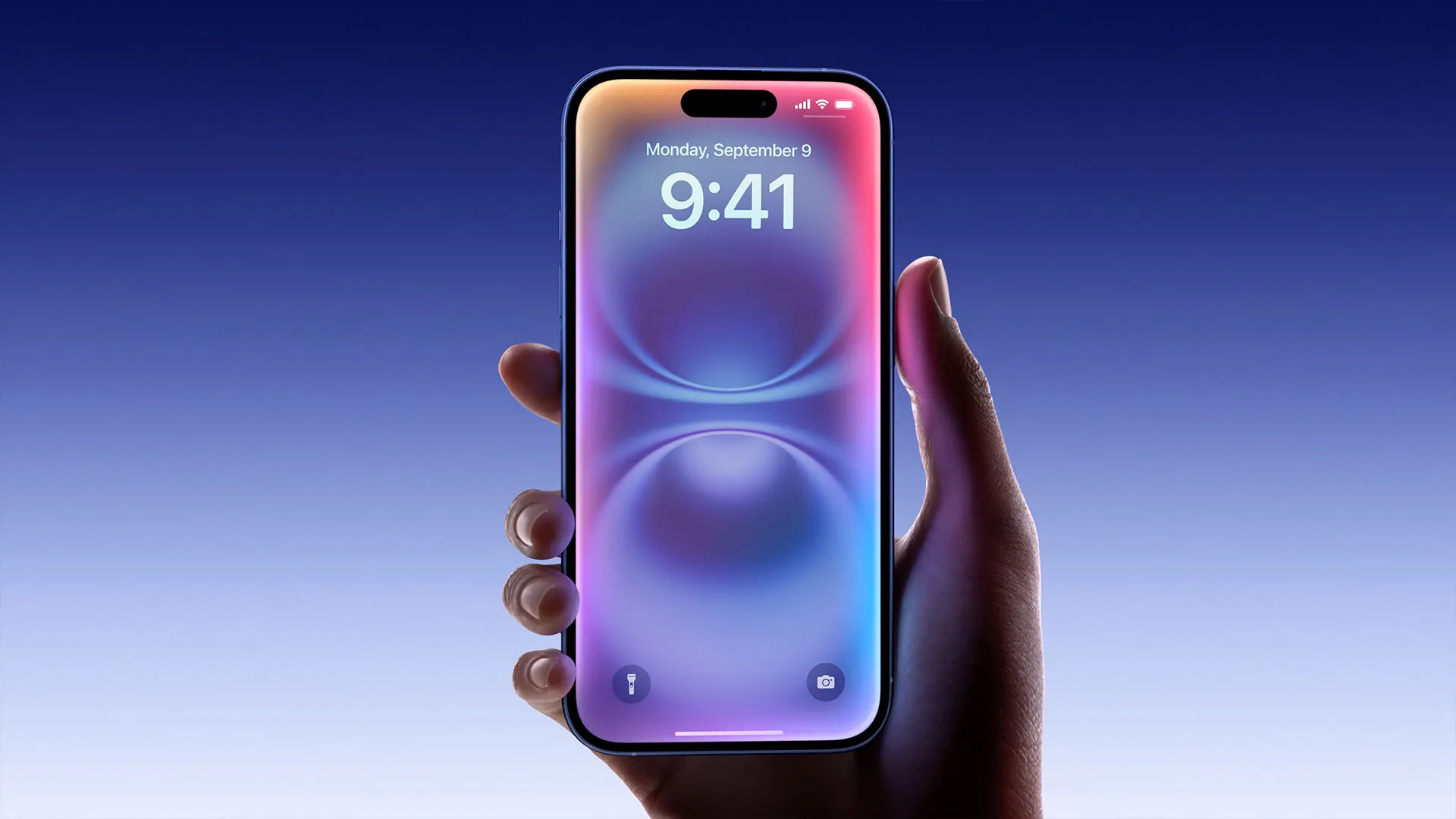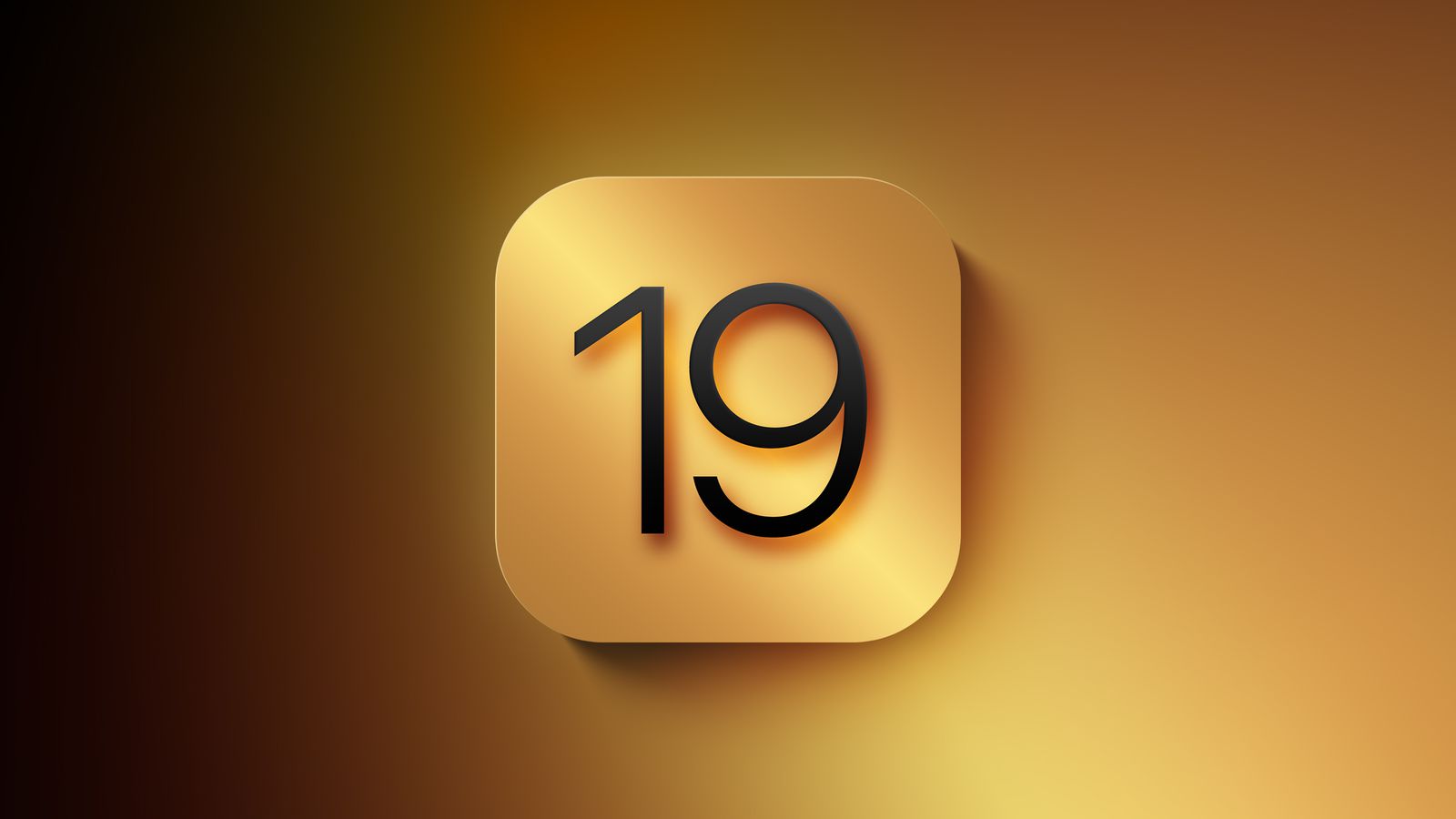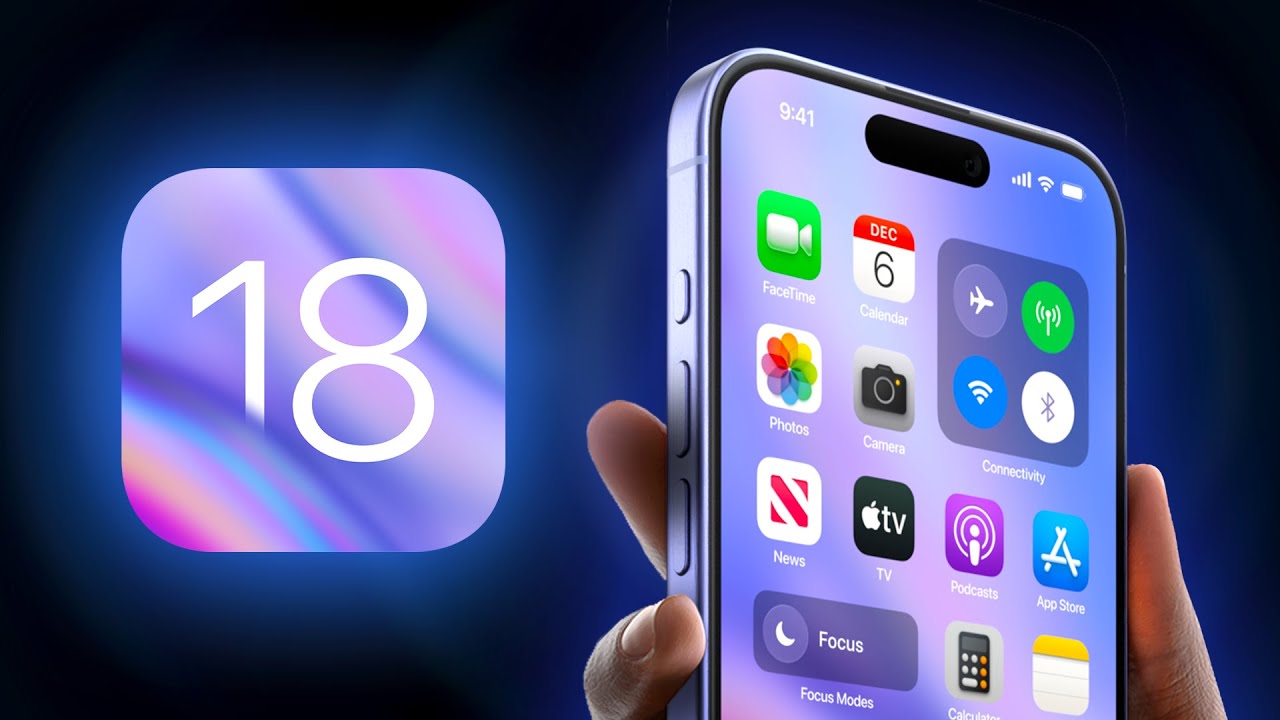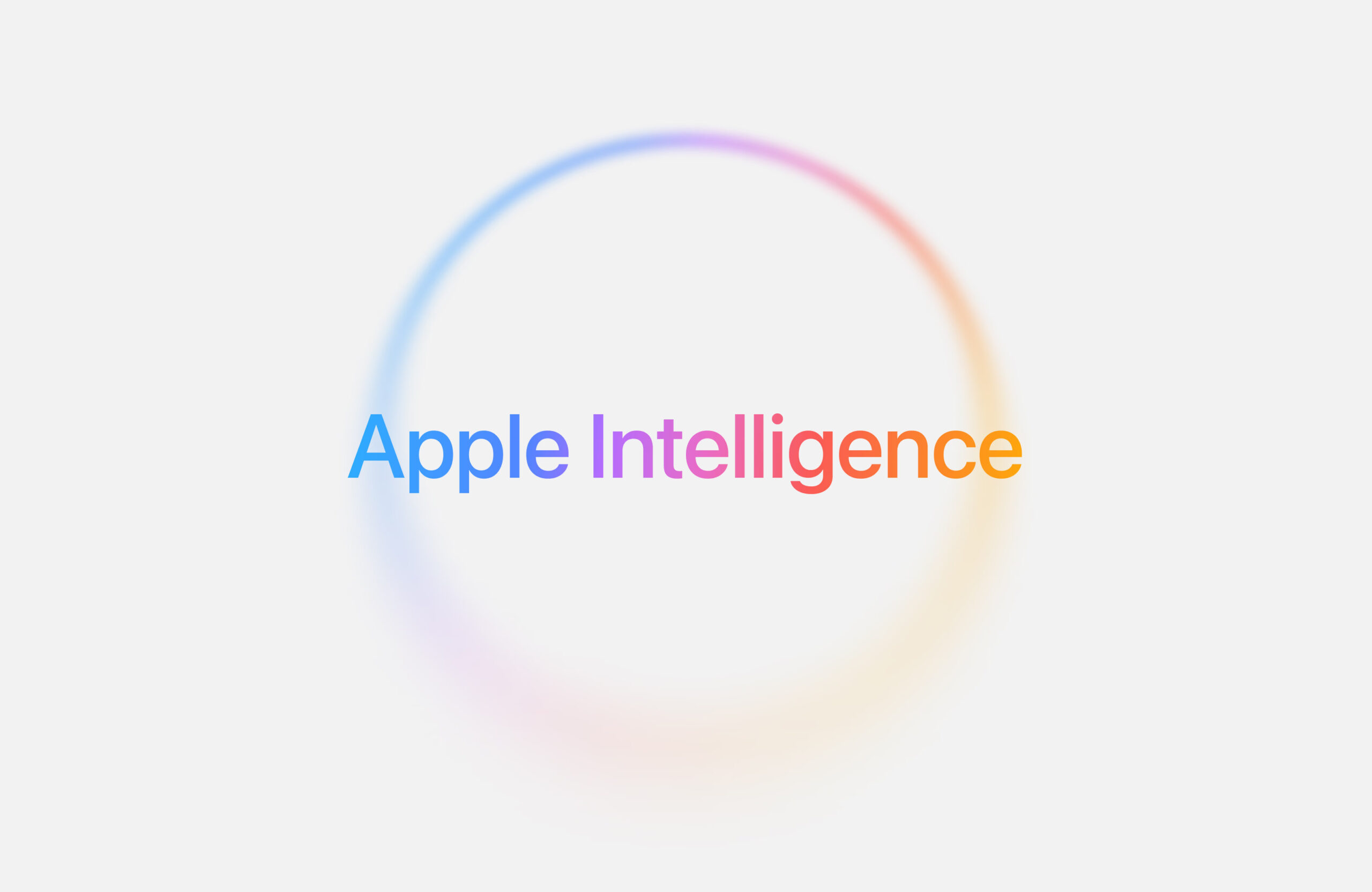Apple has recently upgraded its iWork apps—Keynote, Numbers, and Pages—bringing some exciting new tools that work with iOS 18.4, iPadOS 18.4, or macOS 15.4. These updates make it easier and more fun to use these apps on your iPhone, iPad, or Mac.
One cool addition is the ability to edit text right inside your presentations, spreadsheets, or documents using Writing Tools. This feature needs Apple Intelligence, which works on devices like the iPhone 15 Pro, all iPhone 16 models, or any Mac or iPad with an M1 chip or newer. It’s perfect for fixing mistakes or polishing your work quickly.
Another handy update lets you save your projects in different formats using the Shortcuts app. This means you can easily switch your file type—like from a Pages document to something else—without extra hassle. It’s a small change that saves time, especially if you share files a lot.
Plus, the apps now play nicer with Freeform. Copying and pasting between them is smoother, making it simpler to move ideas or pictures from one app to another. This teamwork boost is great for anyone juggling creative projects.
Each app also got a few extra tweaks that don’t need the latest software, though Apple didn’t spill all the details. The updates rolled out this week after weeks of testing, and you can grab them from the App Store for your iPhone, iPad, or Mac.
These changes show Apple’s effort to keep iWork useful and fresh. Whether you’re making slides, tracking numbers, or writing, these tools aim to make your work easier and better. Check them out and see how they fit into your daily tasks!





